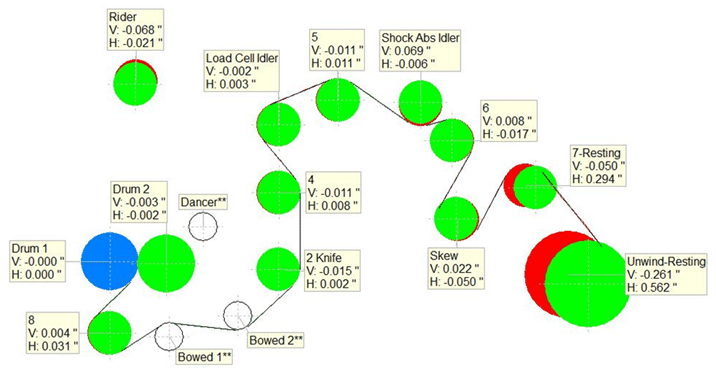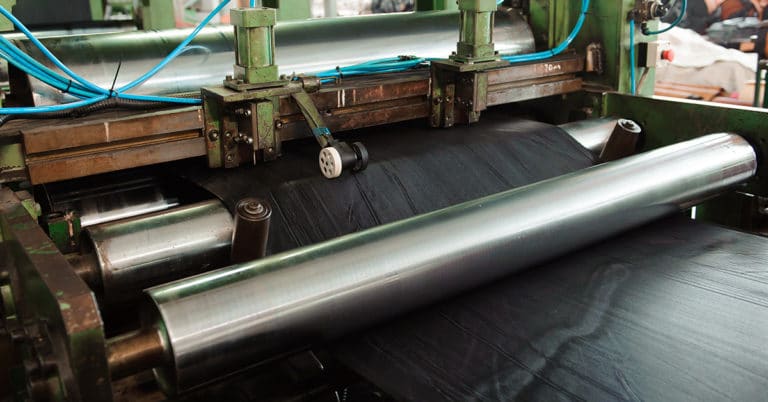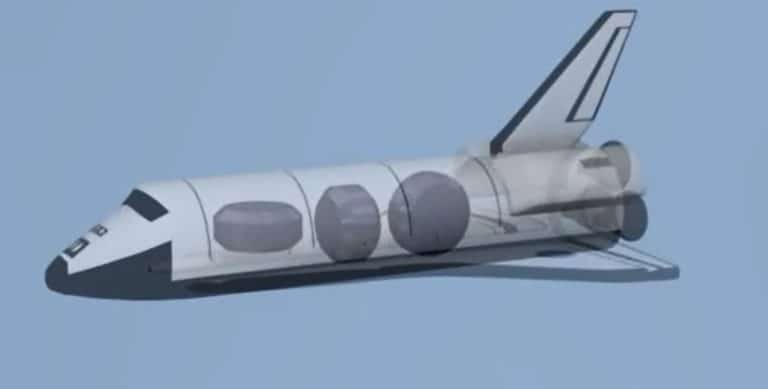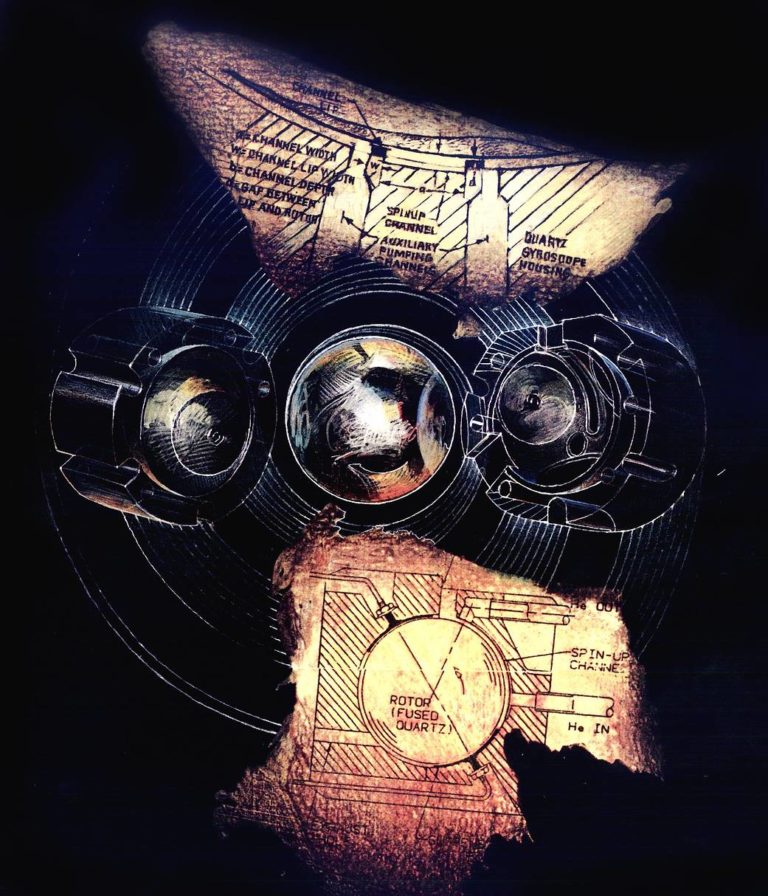From the initial consultation to on-site alignment, here’s how a ParAlign service unfolds at your facility.
Misalignment is often an unseen force in manufacturing, quietly affecting everything from product quality to machine longevity. Even a slight shift can set off a chain reaction of problems — uneven wear, increased energy consumption, and unexpected breakdowns that bring production to a halt. When left unchecked, these small errors can escalate into costly inefficiencies and reduced output.
If you’ve been grappling with these persistent issues, it might be time to consider a ParAlign service. But what exactly does that involve? This step-by-step guide will help you understand the process — from the first consultation to the final adjustments — so you can see how addressing misalignment can lead to smoother, more reliable operations.
Step 1: Initial Consultation and Assessment
Once you decide to book a ParAlign service, the first step is an initial consultation.
After you fill in this form, our team will connect with you to discuss the challenges or needs your team is facing. During this conversation, we’ll learn more about your equipment, operating environment, maintenance schedule, and any current alignment issues.
This helps our technicians understand the scope of the job. Whether it’s a single machine or an entire production line, knowing what to expect enables our teams to attune the alignment process for the best possible results. For instance, your alignment may require only the ParAlign tool or ParAlign plus additional laser trackers (called the Peak Roll and Geometrical Alignment Service).
- FAQ: How do I know if I need the ParAlign Service or the Peak Roll and Geometrical Alignment (RGA) Service?
If your primary concern is roll to roll alignment, the standard ParAlign service is sufficient. However, if your facility requires more complex geometric alignments — such as aligning non-cylindrical components or surrounding structures — you may benefit from the Peak RGA Service. This total alignment solution combines the use of the ParAlign tool with laser trackers to precisely align both rolls and their surrounding structures.
Step 2: Pre-Service Preparation and Scheduling
After the initial assessment, we’ll work with you to find a convenient time to perform the service that aligns with your operations. Whether it falls during planned downtime or a quieter period in your production schedule, our goal is to minimize disruption.
- FAQ: Why is planned downtime a good time to check for roller misalignment?
Planned downtime is a strategic window when your machines are already offline, allowing you to address alignment issues without impacting regular production. It’s a cost-effective approach that ensures you’re making the most of the time when operations are halted. For example, a BFGoodrich tire manufacturing plant used its scheduled downtime to uncover and correct widespread misalignment issues with ParAlign, drastically improving performance and preventing severe damage. Read this post for details. - FAQ: How should I prepare for the ParAlign service?
To make the service as smooth as possible, consider the following:- Bearings: Check all bearings beforehand and make any needed replacements or repairs.
- Cleaning: Clean the rolls, if possible, and remove any materials on the production line to provide clear access for our technicians.
- Manpower and tooling: Plan for 2-3 mechanics to be available during the service, with tools like precision shims and dial indicators to assist with adjustments.
- Temperature check: Keep the roll temperature under 71.1° Celsius (160° Fahrenheit) to maintain a safe environment for our engineers.
Step 3: On-Site Arrival and Setup
Once our team of ParAlign service technicians arrives at your facility, the measurement process begins. The ParAlign tool, equipped with advanced gyroscopic technology, is placed on a roll and swept a minimum of 20 degrees around the roll’s circumference to capture alignment data instantly. This method is particularly effective in areas where traditional methods might struggle, such as in enclosed spaces or multi-level setups. The gyroscopes provide precise measurements without needing a direct line of sight, enabling quick and accurate alignment checks.

For facilities that require alignment of other geometric components such as frames, centerline, aprons, hotplates etc., our technicians will use laser tracking technology.
- FAQ: How long does the setup usually take?
The initial setup takes just one hour on the first day, with no need for further adjustments afterwards. In contrast, other optical methods often require moving and re-setting to maintain the necessary line of sight. - FAQ: How many rolls can be measured in a day?
As it only takes around 30 seconds to measure a single roller, ParAlign can be used to measure 100+ rolls per day. It is the fastest roll measurement method on the market. - FAQ: Can the ParAlign system be used in all areas of my facility?
Yes, the ParAlign system is designed to work in various environments, including enclosed sections or multiple machine levels. It doesn’t need a direct line of sight, making it versatile enough to handle different areas of your facility. - FAQ: Do I need to provide anything for ParAlign service technicians during the setup?
Aside from making sure that the area around the equipment is clear and accessible, there’s no need for additional provisions.
Step 4: Aligning the Rolls
Once the measurements are complete, the ParAlign service team will work with facility technicians to begin the alignment process based on the data gathered by the ParAlign tool. The instant feedback provided by the tool allows the team to work closely with your facility staff to make precise adjustments in real time. (We also offer a turn-key service where we bring our own mechanics to your facility).
If additional measurements are needed after initial adjustments, the ParAlign tool can re-measure the rolls immediately, allowing for accurate corrections and efficient alignment. This approach minimizes downtime and helps get your equipment back to optimal performance as quickly as possible.
- FAQ: How quickly can the entire alignment process be completed?
The length of the alignment process depends on the number of rolls and the complexity of the setup. However, the speed and efficiency of the ParAlign tool and service team means that the alignment can be completed incredibly quickly. For example, the ParAlign service team restored a production line in just 36 hours for a global automotive aluminum supplier. Read the full story here.
- FAQ: What happens if on-site circumstances or a reevaluation require more time or additional days for the service?
The ParAlign service team will coordinate closely with your site supervisor to reassess the timeline and extend the booking if necessary. Our priority is to ensure the alignment is completed thoroughly and correctly.
- FAQ: Why would laser tracking be needed in addition to the ParAlign tool?
While the ParAlign tool is the fastest way in the industry to perform roll to roll alignment, laser tracking is used when the alignment also involves other parts, like non-cylindrical components or surrounding structures. For example, in a steel mill, laser tracking can measure the parallelism and offset of rails or tracks so that movable equipment, such as a looper car, stays parallel with the machine. By measuring the rails, technicians can identify necessary adjustments to meet the correct dimensions and keep the frame running straight during operations.

Example of a laser tracker used at a facility
Step 5: Comprehensive Reporting and Documentation

Once the alignment process is complete, the ParAlign service team will provide a comprehensive report detailing all measurements and adjustments made. This report includes pre- and post-alignment data, visual representations of the alignment corrections, and any recommendations for future maintenance. A final report-out image can be provided before the team leaves the site.
The documentation not only validates the service but also serves as a valuable reference for your ongoing maintenance activities.
The report will help your team track improvements, identify potential issues early on, and keep your equipment performing at its best. Having clear documentation of the alignment process is especially useful for maintaining compliance with industry standards or internal audits.

Example of a final ParAlign results report
Keeping Your Production on Track with ParAlign
In one day, with a single ParAlign service appointment, you can address misalignments that might be quietly undermining your production. It’s a simple step that can prevent costly breakdowns, extend the life of your equipment, and get your production line running smoothly again — all without extending downtime.
Why wait until something breaks when a small adjustment today can save you tomorrow?
